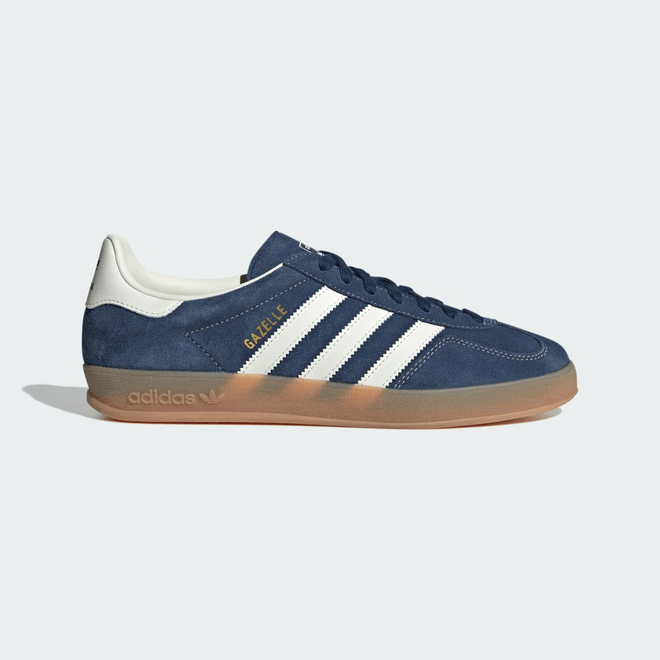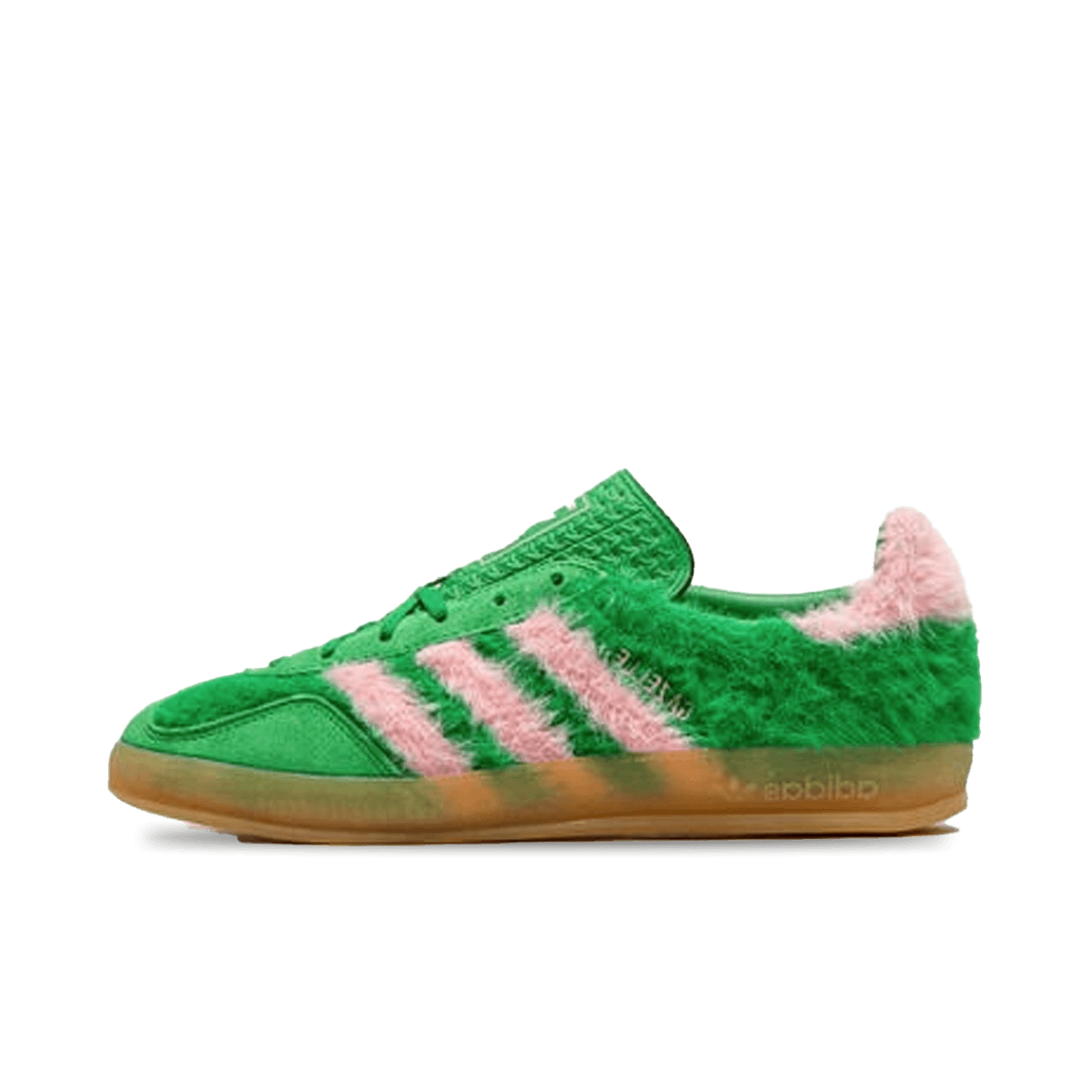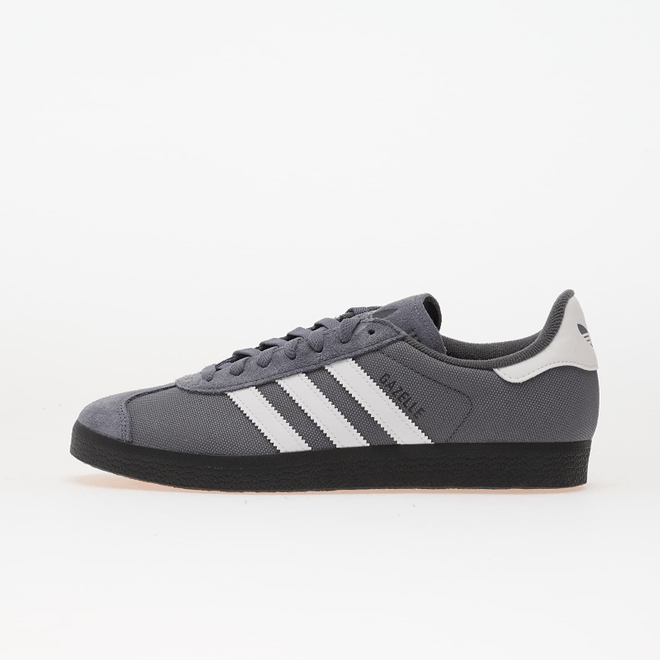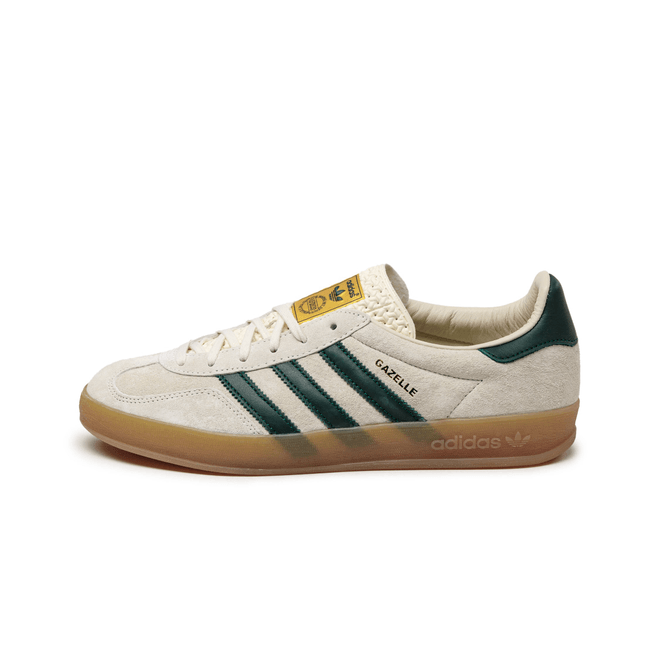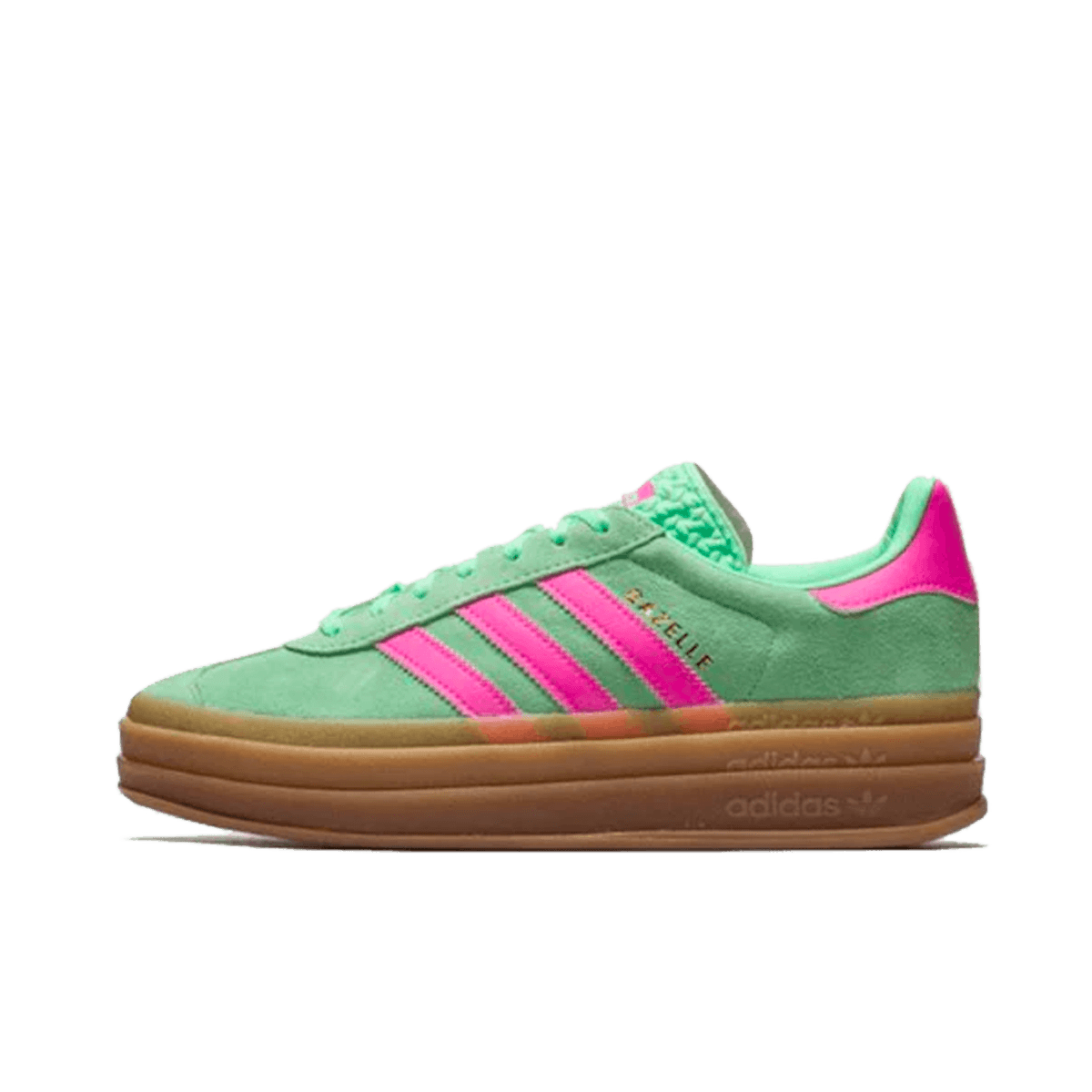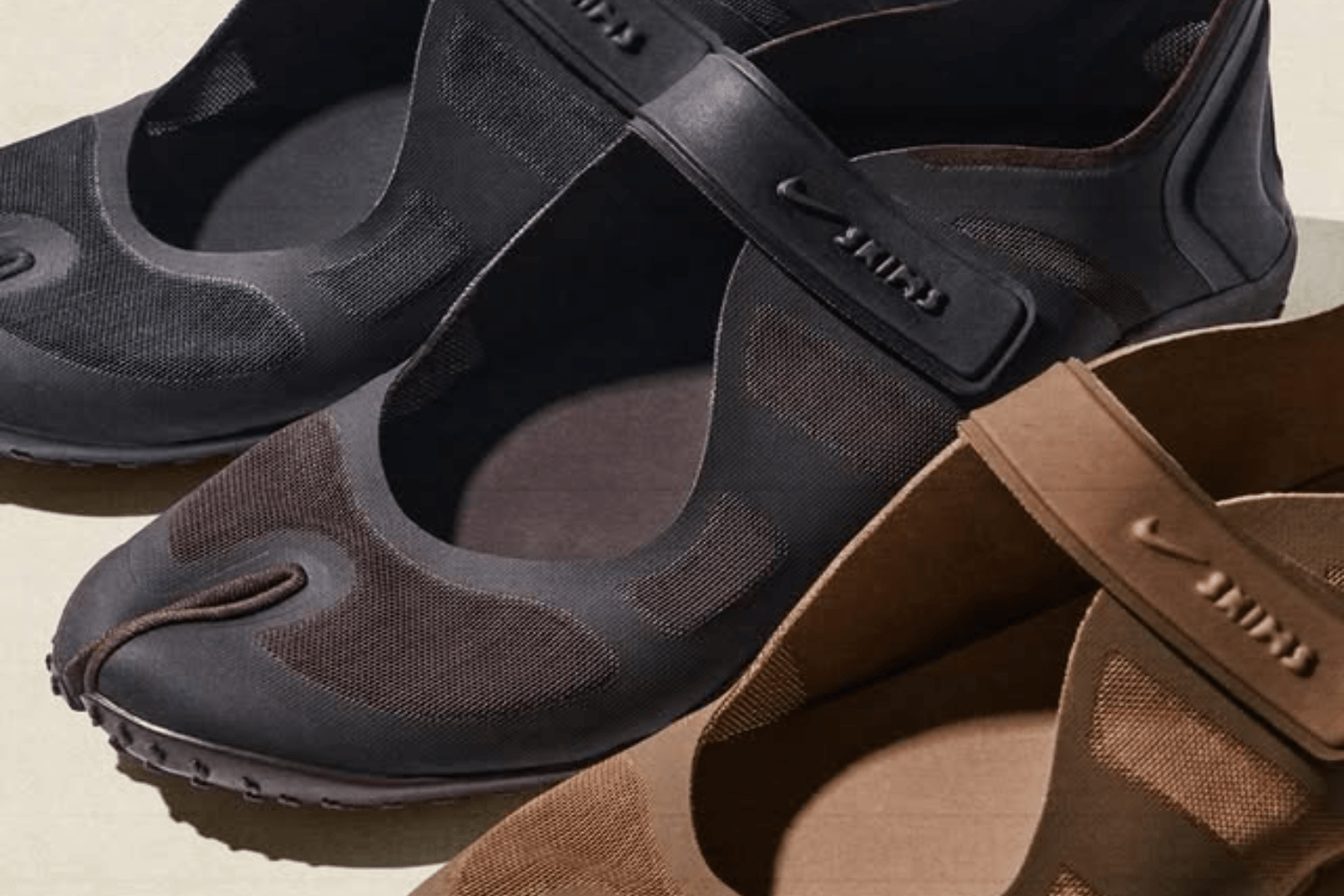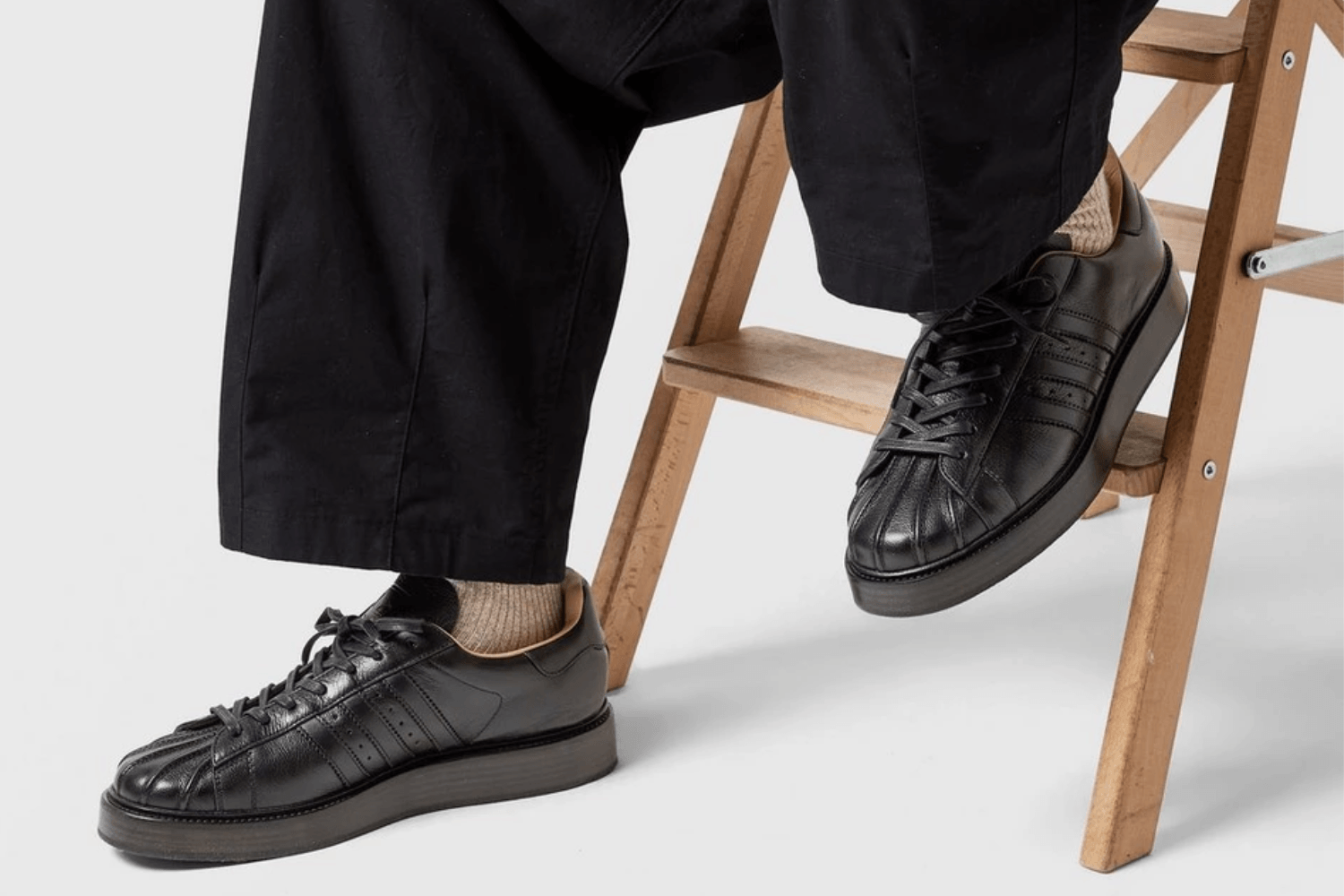adidas Gazelle
All adidas Gazelle Sneakers
See allWhy Choose the adidas Gazelle?
With its classic design and enduring appeal, the adidas Gazelle has gracefully transcended time and trends. A performance training shoe originally introduced in 1966, the Gazelle emphasises simplicity and functionality.
Distinguishing itself from other athletic footwear, it features a sleek, minimalistic silhouette with a soft suede upper and the iconic three stripes.
Featuring a soft suede upper, the adidas Gazelle offers a luxurious texture and long-lasting durability. A simple lace-up closure ensures a snug and adjustable fit, with the iconic adidas three stripes in leather create a striking contrast against the suede. Its rounded toe and low-profile silhouette give the shoe a classic and streamlined look, while the textured rubber outsole provides excellent traction.

